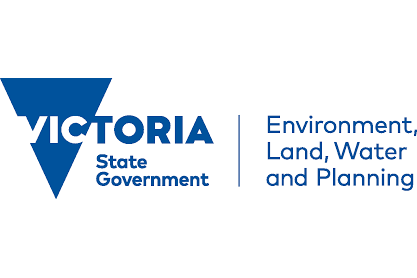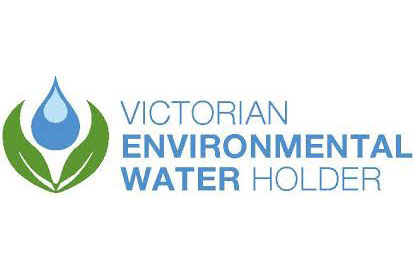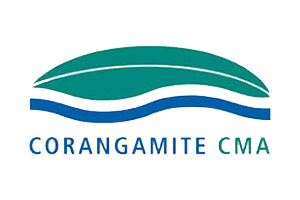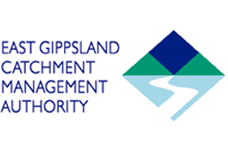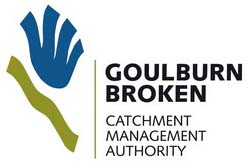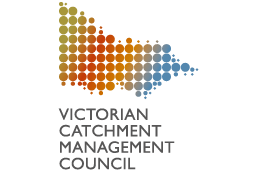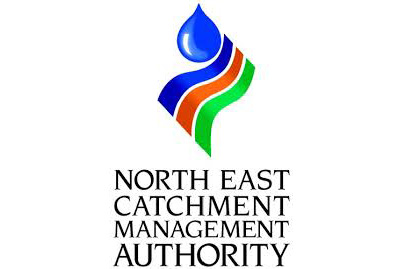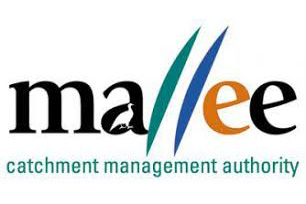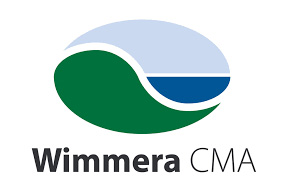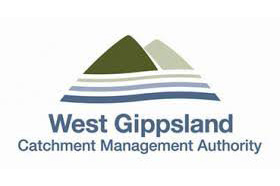- Home ::
- Themes
- River Channels
- Fish Passage

Fish Passage
Fish need to move within their environment to allow: adult fish access to and from spawning habitats; dispersal of juvenile fish to new habitats; access to feeding habitats; re-colonisation of new habitats; exploratory movements and habitat selection and access to and from refuge areas during droughts, floods or blackwater (poor water quality) events. Fish movements and migrations can vary in distance from small localised movements (<1 km) up to >1000 km depending on both the species and the purpose of the movement. In Victoria some freshwater fish migrate wholly within freshwater, while others migrated between freshwater and the sea.
Infrastructure such as dams, weirs, regulators and culverts have reduced the longitudinal and lateral connectivity of Australia’s river-floodplain systems, through the presence of physical barriers and the reduction in flooding. Stream barriers have had severe impacts on many native fish migrations, with fragmented fish populations leading to loss of upstream biodiversity and fish population declines. Dams, weirs and culverts are a particularly significant threat to migratory fish because they act as both physical, hydraulic (e.g. fast-flowing water) and behavioural barriers (e.g. long dark tunnels) to fish movements.
Managing Fish Passage
Actions to improve fish passage in Victoria are implemented by organisations with lead roles including DELWP, CMAs, Melbourne Water (MW) and various regional water authorities. Successful barrier remediation programs involve a broad group of stakeholders (e.g. biologists, engineers, waterway managers) sharing information to gain insights into contemporary prioritisation protocols, fishway design, construction and monitoring.
The Victorian Waterway Management Strategy (VMWS) provides the over-arching strategic direction on fish passage. It incorporates a suite of policies relates to identification of barriers, prioritisation for their removal or modification to improve passage. Regional management of fish passage is integrated through Regional Waterway Strategies developed and implemented by CMAs. These CMAs have identified and assessed priority structures which require removal, modification or establishment of a fishway. Some fishways (vertical slot, rock ramp, cone, fish locks) have subsequently either been completed, or are in various stages of design, construction or modification. Water authorities are also obliged to consider the social, economic and environmental impacts resulting from the construction of dams and weirs and the potential positive environmental benefits of increasing fish passage at these sites. This has resulted in the provision of fish passage at various structures, particularly during upgrades or maintenance of existing structures.
Key Projects, Research and Monitoring
CMAs, MW, DELWP and regional water authorities undertake a range of management actions associated with fish passage. These include assessing the significance of existing barriers, identifying options to improve passage, to designing and constructing and monitoring a variety of different fishways.
Management of fish passage in Victoria can be broadly broken down into:
- Best practice management. This includes a suite of guidelines which have been developed to address specific actions within the VWMS:
- Develop best practice guidelines for the appropriate design, approval and construction of fishways and other fish passage works (O’Connor et al 2017a),
- Develop a suite of fish passage design guidelines for use at small-scale structures (O’Connor et al 2017b),
- Develop and implement a statewide program for monitoring the performance of fishways and fish passage (Jones and O’Connor 2017),
- Develop performance, operation and maintenance guidelines for fishways and fish passage works (O’Connor et al 2015).
- Prioritisation of fishways requiring improvement to fish passage:
- Using the best practice management guidelines, the top 20 ranked fishways in Victoria requiring remediation were identified and proposed works and approximate costs of fishway designs outlined. A program to implement these actions has commenced.
- Gauging stations – a review and prioritisation of stream gauging sites across Victoria is assessing each for their relevance, integrity, functionality, and fish friendliness. This project will also identify the most efficient approach to map and assess each potential barrier.
- Design and monitoring of fishways to assess their effectiveness. While there are many fishways in various stages of design and construction, there are few examples of long-term monitoring programs being implemented to assess their effectiveness. Monitoring is important as this information is used to improve the design and functionality of future fishways and therefore maximise their effectiveness. Examples of fishway monitoring programs include:
- Sea to Hume, which started in 2001 and involved construction and monitoring of 16 fishways restoring fish movement to over 2500 km of the Murray River. This long-term monitoring program significantly improved our understanding of the migratory needs of a range of fish species and size classes of fish, and enabled modifications to the operation of these fishways to enhance their effectiveness.
- Barwon fishway - vertical-slot fishway was installed in 2013 to replace an old rock fishway, and there has been ongoing monitoring to assess the effectiveness of this unique tidal barrage fishway.
- Dights Falls – a new vertical slot and rock ramp fishway were installed in 2010 and there has been ongoing monitoring of their effectiveness leading to an upgrade that will improve the structures functionality.
- Broken Creek - monitoring indicated that the passage of small fish (<100 mm total length) could be improved at a series of fishways through the provision of baffle plates to decrease water turbulence and velocity levels; this is currently underway.
- Research is needed to improve operation of existing fishways and fill key knowledge gaps, including behavioural traits, swimming ability and life history traits of Victorian fish, fishway attraction, and fish passage design. While there are currently few examples of specific research on fish passage in Victoria, monitoring and assessment work sometimes incorporates elements of research including previous studies into:
- Assessment of the efficiency of the passage of whitebait through a culvert on Cardinia Creek at the Princes Freeway (Amtstaetter et al. 2017)
- Light intensity within a vertical‐slot fishway was manipulated to determine the effect on fish movement (Jones et al. 2017).
- How fish respond to noise, and how this may influence fishway design (Melbourne Uni Master projects.
